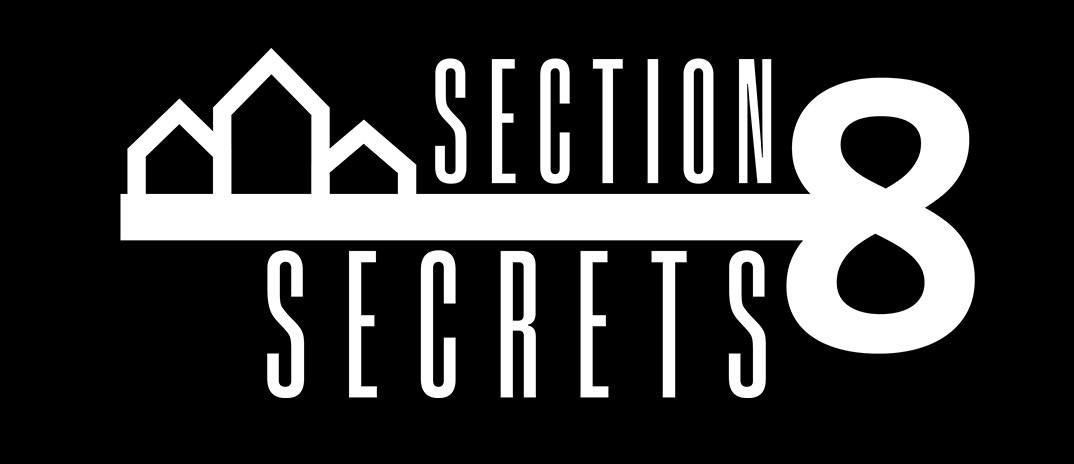Want Annual Raises? Every time payment standards go up, here's the impact on your income
Jan 19, 2024
We did a quick survey among our private consulting participants and asked about rent increases in 2024. It's important to remember, as a Section 8 landlord you are not increasing rent on a tenant. The program is increasing the payment standard to encourage you the landlord to continue renting to voucher holders. The landlord is not the one asking for more money. The local PHA is making more money available.
From our survey the rents increased from as little as 2% to as high as 24%. This is potentially nothing, to potentially massive for bottom line earnings, considering the following: Your vacancy is going to be 0% and your payments are going to be guaranteed, and your maintenance costs this year should be similar to previous years.
Understanding the Payment Standard
The payment standard represents the maximum amount the housing authorities are willing to pay for a rental unit on behalf of Section 8 voucher holders. This standard is determined based on various factors, including local rental market conditions and the number of bedrooms of the rental unit.
Impact on Take-Home Income
Imagine a scenario where the payment standard experiences an increase from 2% to 24%. This upward adjustment can have a significant impact on the total take-home income of Section 8 landlords. Assuming that other costs, including loan payments, remain relatively flat, the additional funds injected into your budget can be substantial.
Suppose your monthly rent is $1,000, and the payment standard increases by 2% to $1,020. As a Section 8 landlord, you continue paying a fixed amount towards your mortgage. Variability in your costs will come from land assessments and insurance changes. These will also increase, but typically in line with payment standards. Because the percentage of fee increase is assessed to an overall smaller amount, (cost of tax and cost of insurance is usually substantially smaller than the cost of mortgage), your net change should be positive.
This means the additional $20 covered by the housing authorities effectively increases your take-home income by the same amount. Over the course of a year, this extra income yields $240. This might feel like nothing.
But... others in our program saw their rents increase by 24%. A 24% increase to a $1,000/month unit jumps to $1,240. This extra $240/month equates to $2,880/year in extra income. Now we're cooking.
Remember that inside of our training, we advocate for a Cash On Cash return of 5-10% per year depending on your need for income.
For this example, 5-10% Cash on Cash can mean any number of variables, so we will use our properties as an example.
From the training, we mention a property that costs ~$175K with a $1,750 payment standard yields approximately $10,927.55 per year of income.
A 2% increase on the payment standard means we earn $35/month or $420 year more in bottom line. This is effectively a 3.8% income raise for us.
But if this property was in the 24% increase PHA, this would mean I earn $420/month or $5,040/year in extra income. This is effectively a 46% increase in take home income. How many of you have earned a 46% pay increase.
What this means is when the payment standard increases for your property on Section 8, you will get a 1.9 times percentage increase in your personal take home income.
- 2% payment standard increase = 3.8% income increase
- 10% payment standard increase = 19% income increase
- 20% payment standard increase = 38% income increase
Now, this was our current scenario which is yielding more cash due to a fortunate acquisition in a strong PHA area. So if you are earning less Cash on Cash now, you will actually earn a larger % of your income than 1.9x. Either way you evaluate it, these % increases are bigger than anything you will see in corporate America.
Stability Amid Economic Uncertainty
One unique aspect of Section 8 housing is the stability it offers, even in the face of economic downturns. Rent payments are guaranteed, and tenants are less likely to move out during a recession. This assurance provides a sense of security for landlords, knowing that their housing occupancy and payments remain stable despite economic uncertainties.
The increase in Section 8 payment standards, ranging from 2% to 24%, can significantly impact the take-home income of landlords. The guaranteed rent payments offer a layer of protection during economic downturns, making Section 8 housing a reliable option for those seeking affordable and stable real estate investment and income.


